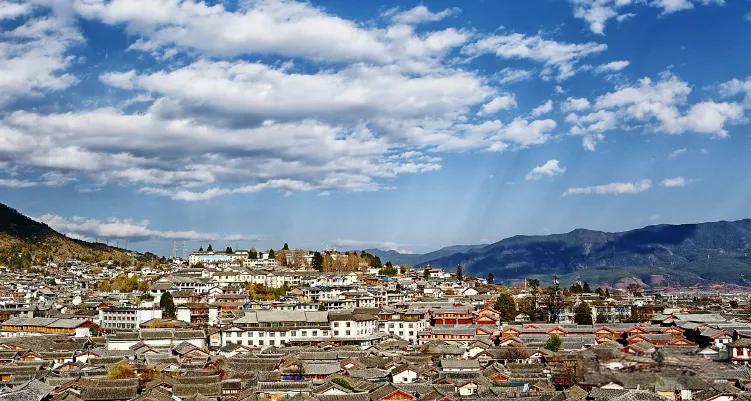1.Dali Ancient Town
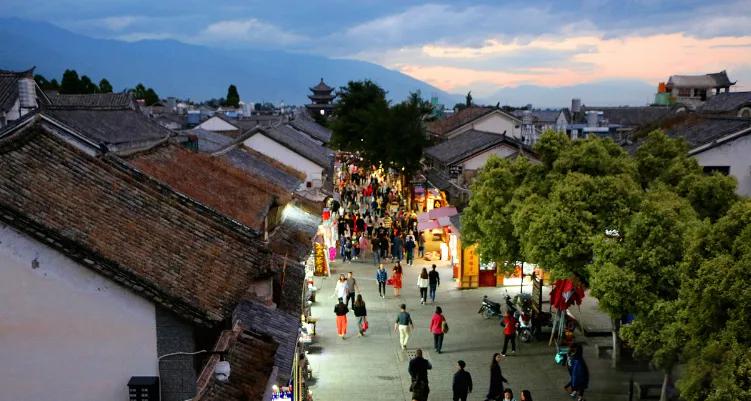
Located at the foot of the scenic Cangshan Mountain, Dali Ancient City was the capital of the ancient Nanzhao Kingdom and Dali Kingdom. The streets in the city are arranged in a typical chessboard pattern, and it is the core tourist area of Dali. Here you can grow flowers and plants, play with cats and dogs, visit small shops, hang out in bars, and enjoy a slow life of art and fashion.
2.Lijiang Old Town
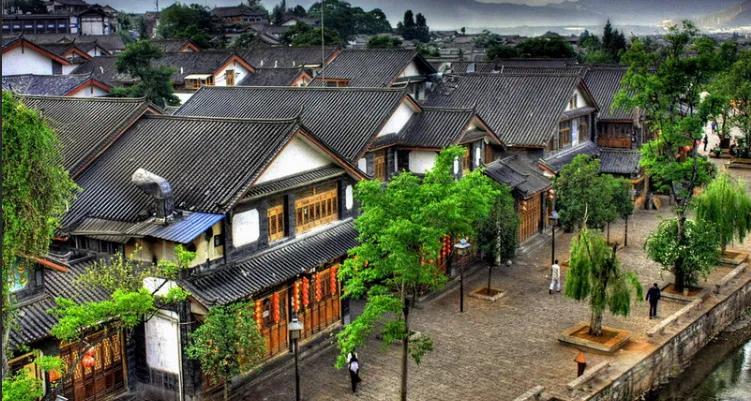
Lijiang Ancient Town is located in the Old Town District of Lijiang City, Yunnan Province. It is also known as Dayan Town. It is one of the two ancient towns in China that have successfully applied for World Cultural Heritage as a whole. The streets in Lijiang Ancient Town are built along the mountains and rivers and paved with red breccia. There are attractions such as Sifang Street, Mu Mansion, Wufeng Tower, Black Dragon Pool, Wenchang Palace, Xueshan Academy, Wangjiazhuang Christian Church, Baima Longtan Temple, Jinglian Temple, and Puxian Temple. Lijiang Ancient Town has colorful local ethnic customs and entertainment activities, such as Naxi ancient music, Dongba rituals, divination culture, ancient town bars, and Naxi Torch Festival. Lijiang Ancient Town reflects the achievements of ancient Chinese urban construction and is one of the types of Chinese folk houses with distinctive characteristics and styles.
3.Xishuangbanna
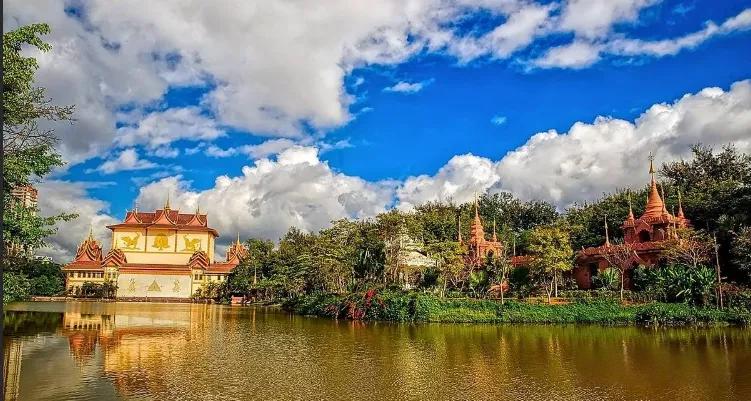
Xishuangbanna is an autonomous prefecture and prefecture-level administrative region under the jurisdiction of Yunnan Province, located at the southernmost tip of Yunnan Province. Xishuangbanna has China’s only tropical rainforest nature reserve, a national ecological demonstration area, a national scenic spot, and a member of the United Nations Biodiversity Conservation Circle. It accounts for 1/6 of the country’s plant species, 1/4 of the country’s animal species, and a forest coverage rate of 80.8%. It is China’s second largest natural rubber production base, the original place of large-leaf tea, and the hometown of Pu’er tea. Xishuangbanna is famous for its magical tropical rainforest natural landscape and ethnic customs, and is one of China’s hot tourist cities.
4.Shaxi Ancient Town
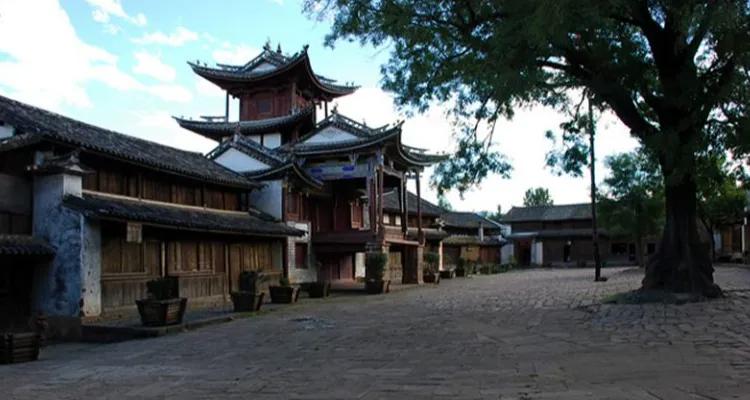
A very quiet ancient town, located in Jianchuan County, Dali, Yunnan, between Dali and Lijiang. A little-known town, some say it is like Lijiang 30 years ago, the town’s slogan is “the only surviving ancient market on the Ancient Tea-Horse Road.”
5.Shigu Town
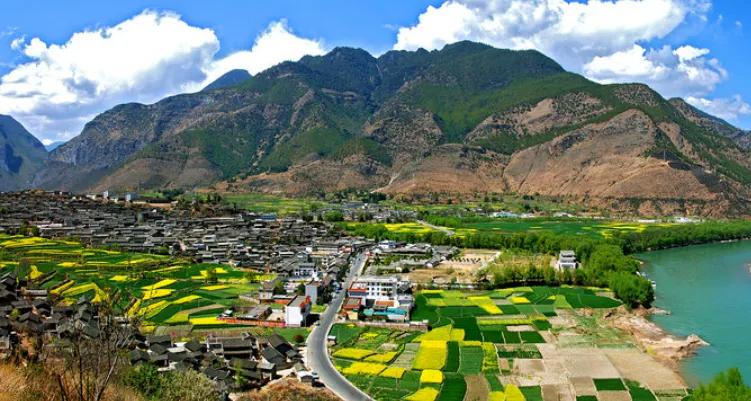
Shigu Town is located in the west of Yulong County, bordering Jiuhe Township and Longpan Township to the east, Shitou Township to the south, and Liming Township to the west and north. Shigu was a strategic transportation hub between Yunnan and Tibet in ancient times, and is still the throat leading to Kangzang. The town built on the mountain is well-arranged, with stone steps winding up and running through the town. The small streets in the town are about several meters wide and are paved with bluestone slabs. There are many shops on both sides of the street. The whole town seems quiet and peaceful.
6.Dousha Town
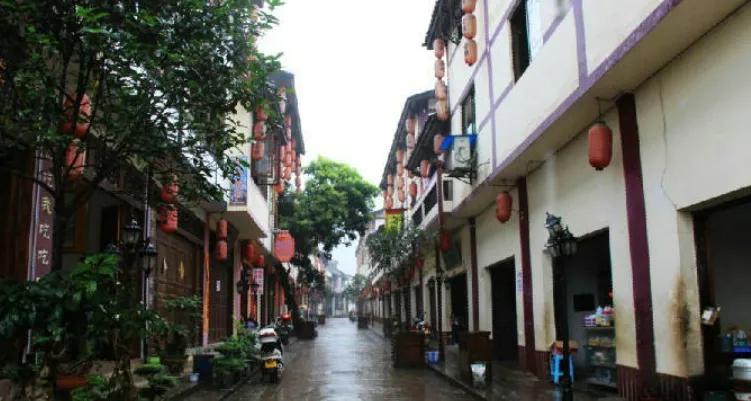
Located in Yanjin County, Zhaotong City, it has a history of more than 2,200 years. Since ancient times, it has been an important channel for Yunnan Province to exit Yunnan and enter Sichuan and connect to the Central Plains. It is known as the “Gateway to Yunnan and Sichuan”. Central Plains culture, Jingchu culture, Bashu culture, Bai culture and ancient Dian culture converge and integrate here, forming a unique and leading “Three Sichuans and a Half” culture.
7.Long Mo Ye
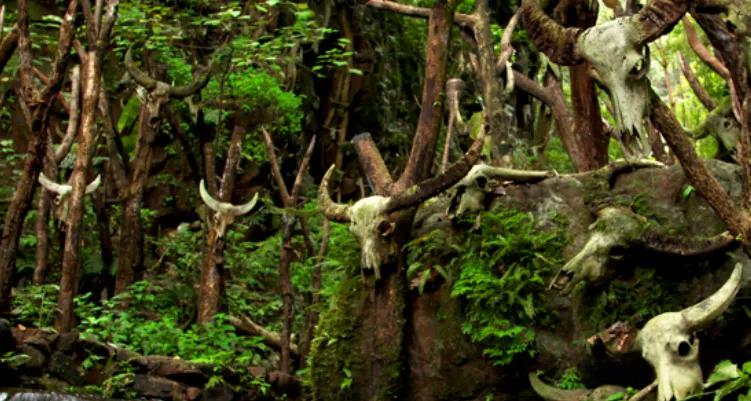
Located in the Wa Autonomous County of Ximeng, Pu’er City, when the Wa people hold major events or resolve complex conflicts and disputes between tribes, they use buffaloes as the best mascots for the event, hold grand bull-darting activities, and keep the bull heads in “Longmoye”. Gradually, there are more and more bull heads in “Longmoye”. When you walk into “Longmoye”, you will see solemn and majestic bull heads in various shapes and forms, which are visually and spiritually shocking. Longmoye has become a must-see for tourists to Ximeng.
8.Erhai Lake
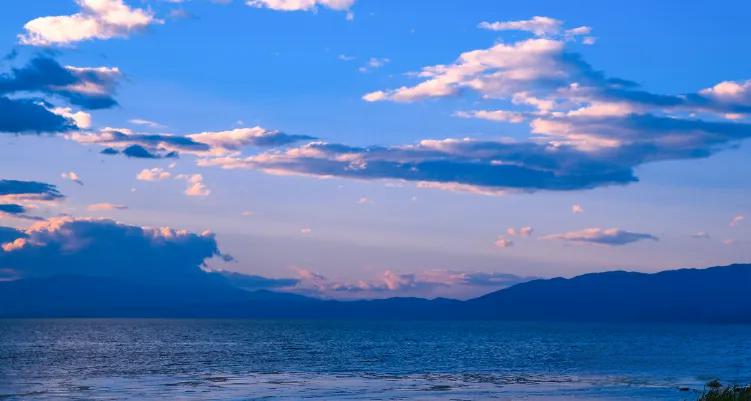
Erhai Lake, also known as Yeyuze, Xierhe, Kunmichuan, Kunmichuan, etc. in ancient times, is the second largest freshwater lake in Yunnan Province. Erhai Lake is the location of “Erhai Moon”, one of the four scenic spots of Dali, “Wind, Flowers, Snow and Moon”. Erhai Lake is not only a scenic spot, but more of a cluster of scenic spots between Cangshan Mountain and Erhai Lake. Visiting Erhai Lake must involve various scenic spots around it.
9.Pudacuo

Pudacuo National Park is located in the center of the “Three Parallel Rivers” World Natural Heritage in northwest Yunnan. It consists of the Bitahai Nature Reserve, an internationally important wetland, and the Shudu Lake Scenic Area of the Haba area of the “Three Parallel Rivers” World Natural Heritage. It is mainly composed of Bitahai, Shudu Lake and Militang Subalpine Pasture, and is also one of the main attractions of Shangri-La tourism. With an altitude of between 3,500 and 4,159 meters, it is a provincial nature reserve and an important part of the “Three Parallel Rivers” scenic spot. Pudacuo National Park has geological features, lakes and wetlands, forest meadows, rare animals and plants, and the original ecological environment is well preserved.
10.bita lake

The Bitahai Nature Reserve is situated in the eastern region of Zhongdian County, northwest Yunnan Province. Centered around Lake Bitahai, which is known as “Bitadecuo” in Tibetan, where “Bita” translates to “cow blanket,” “De” to “demon,” and “Cuo” to “lake,” the reserve is renowned as the Pearl of the Plateau. With an altitude of 3,538 meters above sea level, Lake Bitahai stands as the highest lake in Yunnan Province. Historically, it was once a sunken area submerged by water, but it assumed its current plateau form due to the intense uplift of the Tibetan Plateau during the Quaternary Period.
11.Shudu Lake
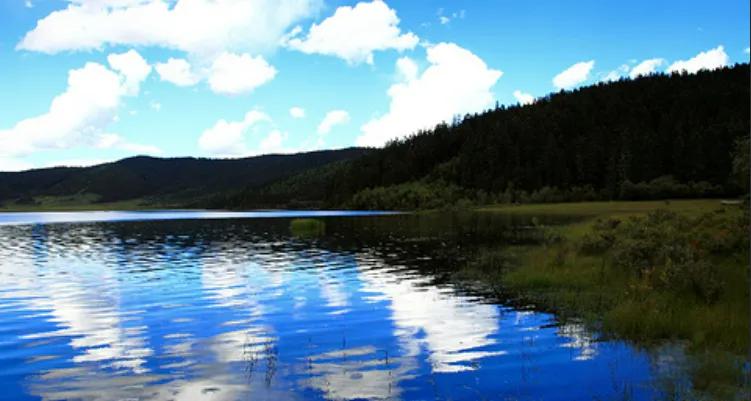
Surrounded by mountains, Shudu Lake is 3,705 meters above sea level. The primeval forest is well-preserved and is inhabited by wild ducks, lynxes and other animals. The lake water is clear and blue, and you can even clearly see the golden “Shudu schizothorax” (there is a crack on its belly) in the lake. The lakeside is a stretch of plateau pasture, with wild flowers blooming in spring and summer, and colorful forests in autumn, creating a beautiful scenery. Before sunrise in late autumn, water vapor condenses on the lake surface and fog fills the air, forming “morning fog reflections”.
12.Napahai
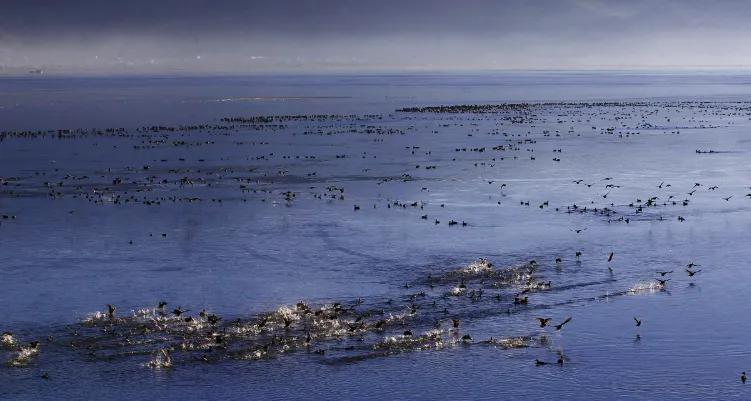
Napahai in Shangri-La, Yunnan – a place you don’t want to leave once you come. Napahai is located in the northwest of Shangri-La. In fact, Napahai is not a sea, because Yunnan is an inland city and there is no place close to the sea. Napahai is just an inland lake.
13.Lugu Lake
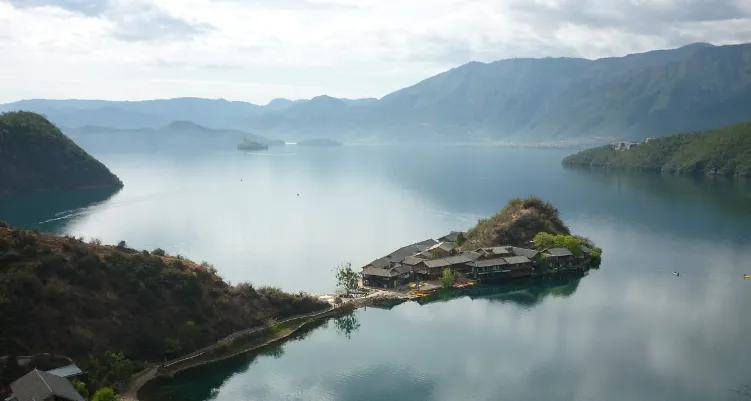
Lugu Lake covers an area of more than 50 square kilometers, with an altitude of 2,690 meters and a maximum visibility of 12 meters. The lake is clear and blue. It is the highest lake in Yunnan and one of the deepest freshwater lakes in China. Lugu Lake is famous for its unique Mosuo customs and beautiful landscapes. Lugu Lake is known as the “Pearl of the Plateau” and is an unpolluted virgin lake. More than 70% of the lake water is groundwater, and the rest is rainwater stored on rainy days. Lugu Lake has a deep blue sky and pure lake water, and time is still here.
14.Meili Snow Mountain
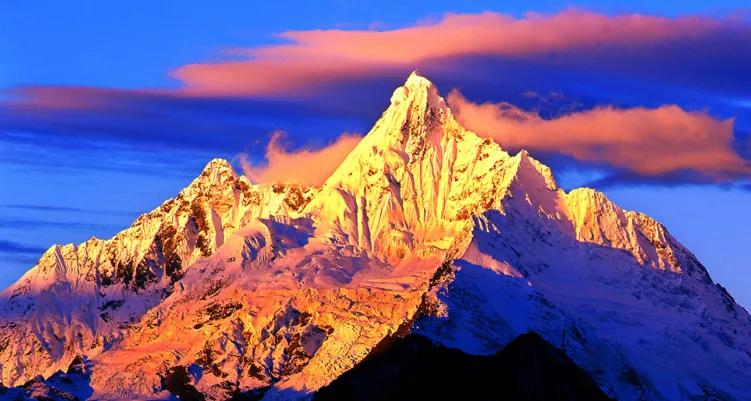
Meili Snow Mountain is located at the southern foot of the Himalayas, in the heart of the world-famous landscape “Three Parallel Rivers” (Lancang-Mekong River, Jinsha River, Nujiang-Salween River) in the Hengduan Mountains. It is the most beautiful and sacred snow mountain group in Yunnan. Meili Snow Mountain means “Medicine King” in Tibetan, so Tibetans also call Meili Snow Mountain “Medicine King Mountain”. The real charm of Meili Snow Mountain lies in its holiness and sacred beauty. It is a pilgrimage site for Tibetan Buddhism and ranks first among the eight sacred mountains in Tibet.
15.Jade Dragon Snow Mountain

The Yulong Snow Mountain Scenic Area in Lijiang City is the southernmost snow-capped mountain in the northern hemisphere. Located in Yulong Naxi Autonomous County, it is a 5A-level national scenic spot officially approved by the National Tourism Administration. The main peak, Shanzidou, is 5,596 meters above sea level. The alpine snow scenery is located above 4,000 meters above sea level, with dangerous, strange, beautiful and beautiful scenery. Yulong Snow Mountain is called “Oulu” in Naxi language, which means silver rock. It is covered with silver and the thirteen snow-capped peaks are endless, like a “dragon” leaping and dancing, so it is called “Yulong”.
16.Sea Grass Mountain
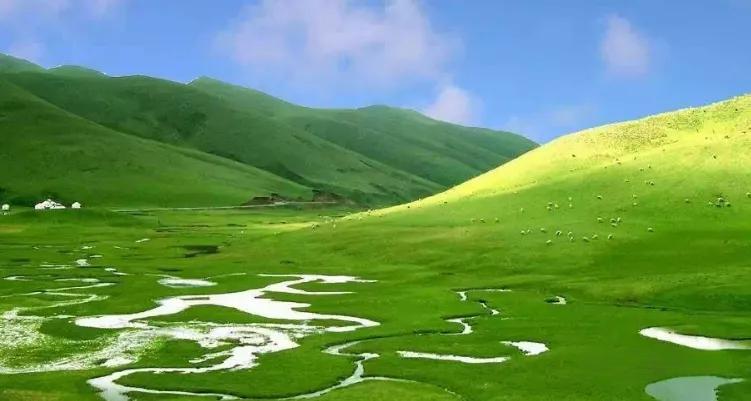
Dahai Grass Mountain is a subalpine meadow, known as the “New Zealand” of Yunnan. Dahai Grass Mountain has its own unique beauty in every season, so you will never be disappointed no matter when you go there. In spring and summer, it feels like you are in the depths of the Mongolian grasslands, and in autumn and winter, it feels like you are in the snowy plateau of Tibet. When you come to Dahai Grass Mountain, you can look up and see the peak of Guniu Village in the southeast corner, which is surrounded by clouds and mist, and when you look down, you can see the gorgeous “seven-color grass carpet”. The pure sea of flowers makes the grass mountain look like a fairyland. If you are lucky enough and the sky is clear and the clouds are sparse, you can also see the “Buddha’s light” appearing at dawn.
17.Wuding Great Rift Valley
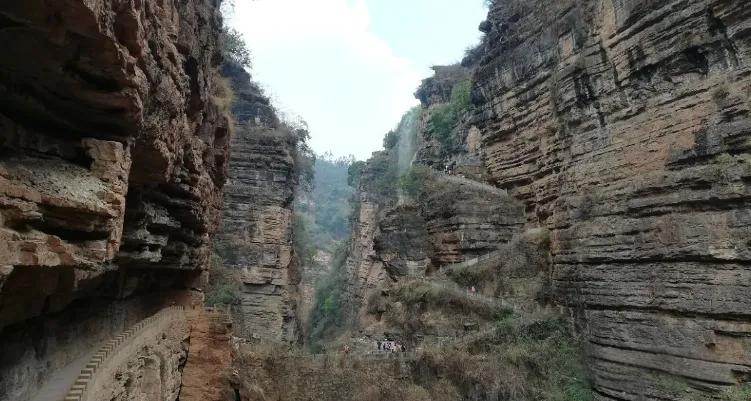
It is a wonder hidden in the mountains of Wuding. The mountains and rivers there seem to be split by a knife. The cliffs on both sides are almost vertical at 90 degrees, revealing layers of rock faults. Under the steep peaks, the great rift valley is unfathomable. It is indeed a magnificent and steep geological wonder in China.
18.Qinglong Mountain
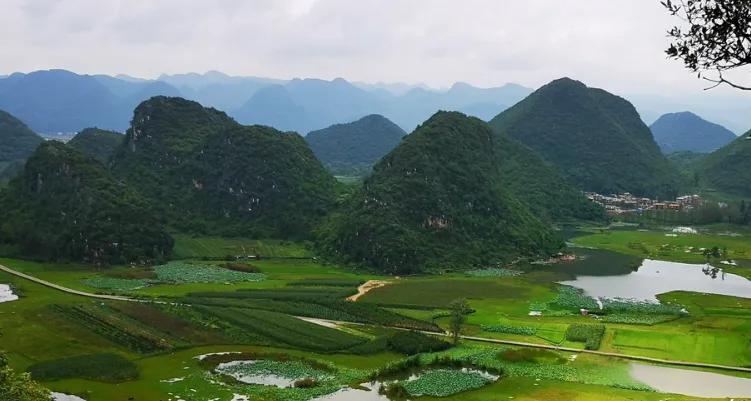
Located in the middle of Puzhehei Lake in Qiubei County, Wenshan Zhuang and Miao Autonomous Prefecture, the main peak is 1,555.8 meters above sea level. It faces Phoenix Mountain in the south, forming a “dragon and phoenix” pattern. There are 8 caves on the mountain, including Torch Cave, Moon Cave, Zhangzui Cave, etc. The entrance of the cave is connected to the lake, which is extremely mysterious. Standing on Qinglong Mountain, you can overlook the whole view of Puzhehei. It is also the best place to watch the sunrise and sunset.
19.stone forest
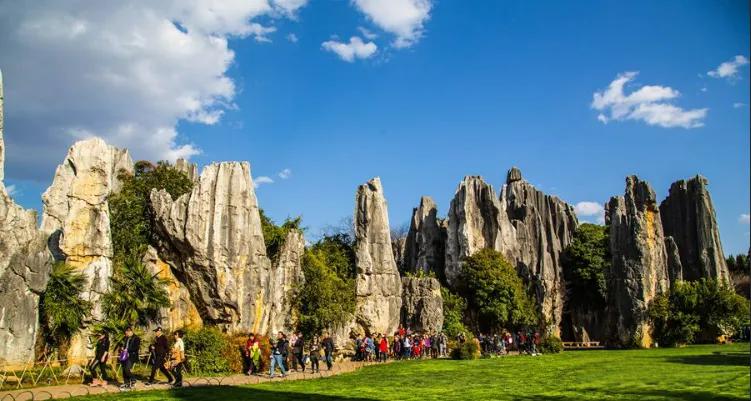
Kunming Stone Forest Scenic Area is a scenic spot dominated by karst landforms. In the area of 400 square kilometers, there are hundreds of black forest-like boulders. Stone Forest has the world’s oldest karst landform evolution history, the widest distribution area, the most complete types, and the most unique forms of Paleozoic karst landform stone forests, which are known as “the world’s first wonder”.
20.Nanuo Rice Terraces

“The sea of clouds fills the Ailao terraces, and the vast sea of clouds surrounds the Yuanjiang River.” This is an ideal place for poets and photographers. Here, you can appreciate the high degree of harmony between man and nature, and feel the farming terrace culture created by the hardworking and wise Hani people. The Hani people in Nanuo not only created the magnificent terrace landscape, but also created cultural arts, folk songs and dances, clothing culture, and formed a unique lifestyle.
21.Golden Rooster Peak Cluster
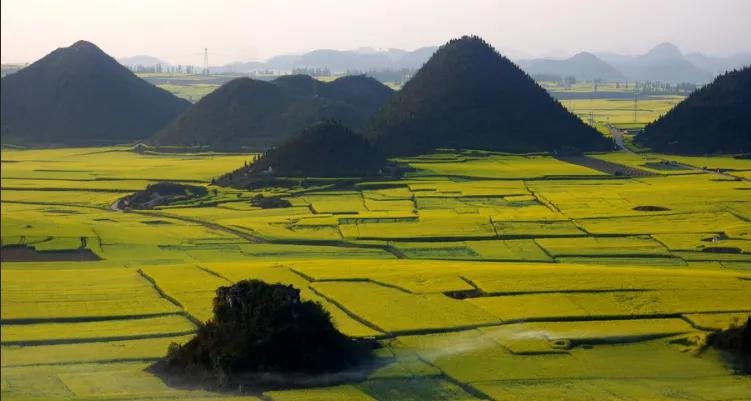
The Jinji Peak Cluster is a karst wonder and the core scenic spot of Luoping Peak Forest and Rapeseed Flower Sea. It is composed of countless cone-shaped hills arranged in a staggered manner, covering an area of nearly 100 square kilometers. Standing on the top of the mountain and looking around, you can see the entire Jinji Peak Cluster. The exquisite cone-shaped hills of various shapes are like newly unearthed spring bamboo shoots, dotted in the endless green and yellow ocean in different seasons.
22.Tiger Mouth Terraces
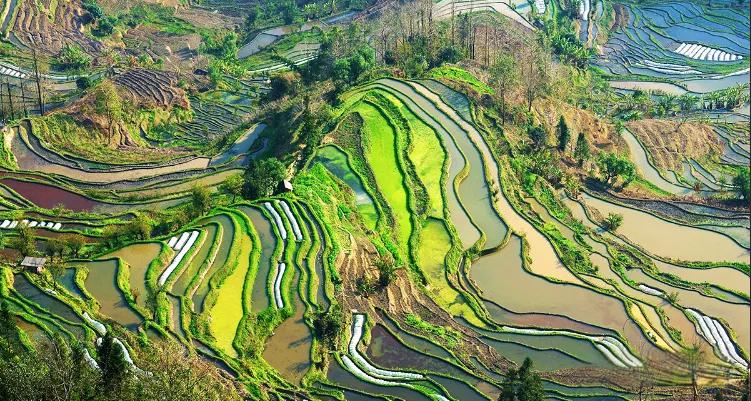
The Tiger Mouth Scenic Area includes nearly 12,000 mu of terraced fields, including Mengpin, Dongpu, Amengkong, and Baoshanzhai. It is the most precipitous, magnificent, spectacular, and largest terraced field scenic area in Yuanyang. It is characterized by a strong sense of three-dimensionality, a strong sense of color layering, and colorful, like an oil painting.

